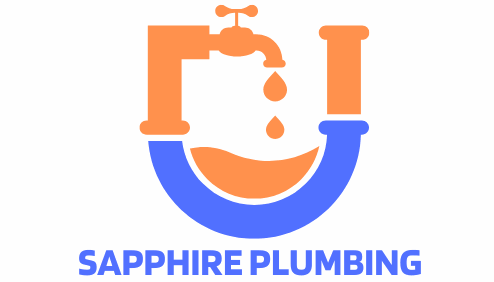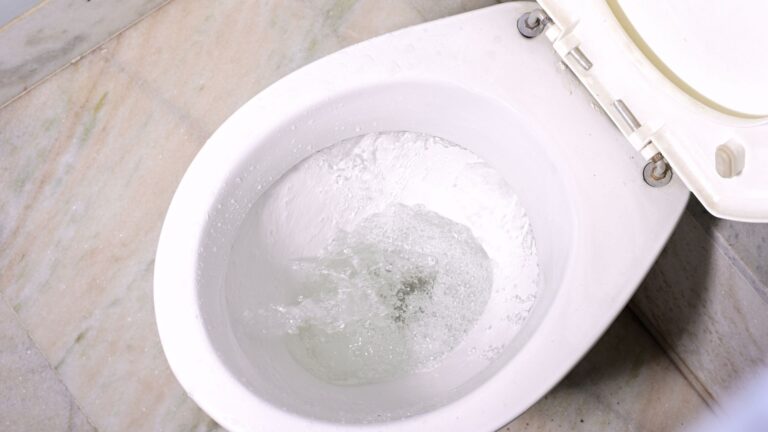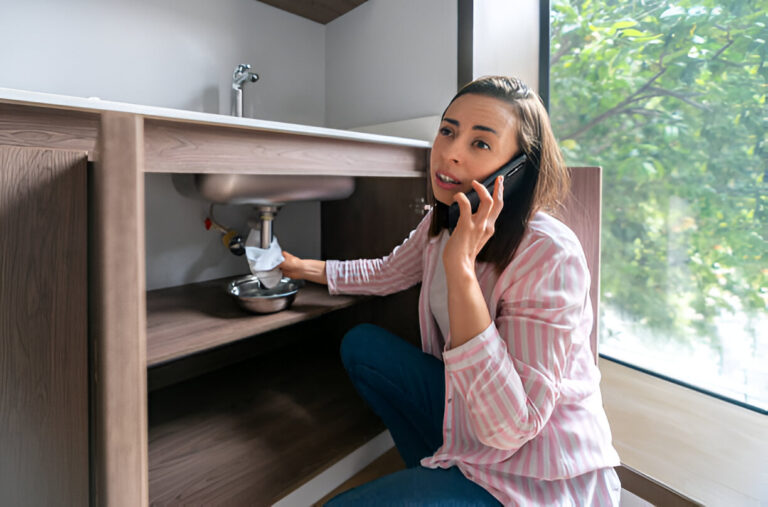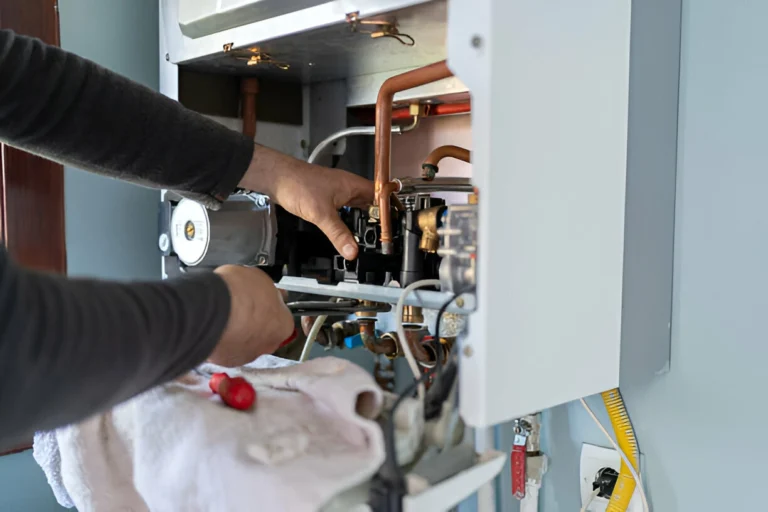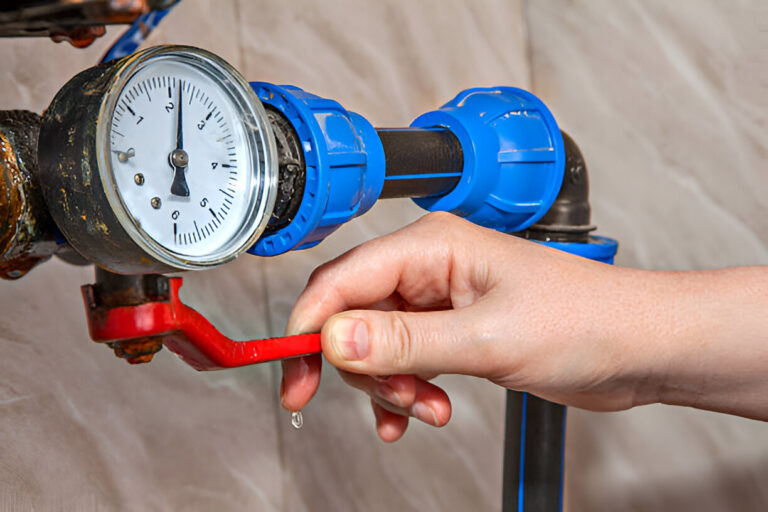Sewer Line Clean Out: The Complete 2025 Homeowner’s Guide
When it comes to plumbing problems, few issues strike fear in the heart of homeowners like sewer line troubles. A clogged or damaged sewer line isn’t just inconvenient, it can cause backups, foul odors, property damage, and even health hazards. Fortunately, there’s one critical feature of modern plumbing systems that makes maintenance, inspections, and repairs…
When it comes to plumbing problems, few issues strike fear in the heart of homeowners like sewer line troubles. A clogged or damaged sewer line isn’t just inconvenient, it can cause backups, foul odors, property damage, and even health hazards. Fortunately, there’s one critical feature of modern plumbing systems that makes maintenance, inspections, and repairs much easier: the sewer line clean out.
In this guide, we’ll cover everything homeowners need to know about sewer line clean outs, including what they are, why they matter, how to maintain them, common problems, costs, and when to call a professional.
What Is a Sewer Line Clean Out?
A sewer line clean out is an access point in your home’s plumbing system that allows plumbers to quickly reach the main sewer line. It usually consists of a capped pipe that extends a few inches above ground or basement level.
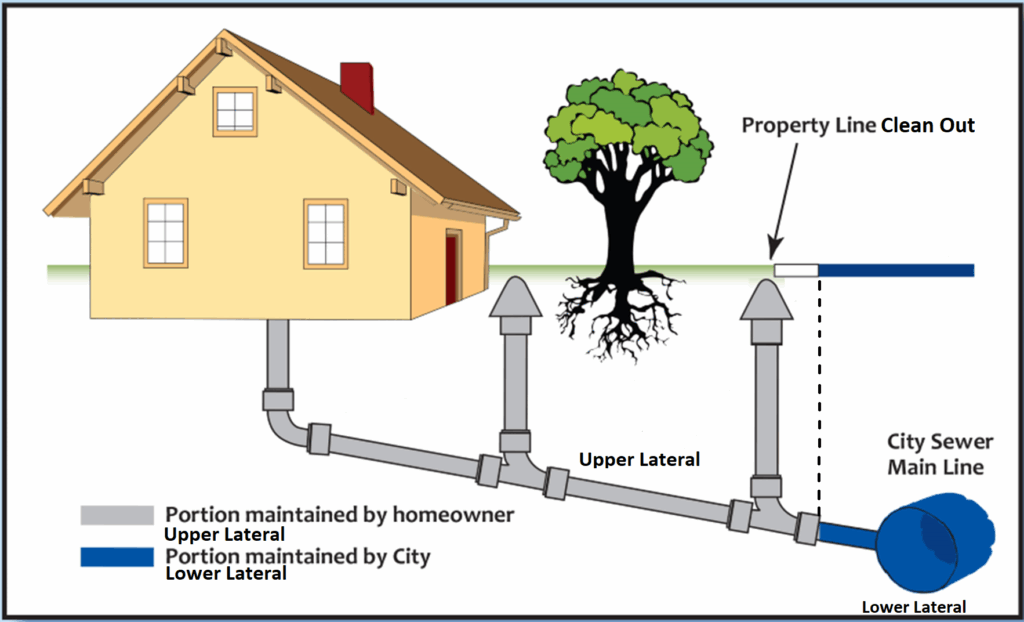
- Location: Typically found near the perimeter of a home, in the basement, or in the yard close to where the sewer line connects to the municipal system.
- Design: It looks like a capped, short vertical pipe (usually PVC or cast iron).
- Purpose: Provides direct access for plumbers to clear clogs, run inspection cameras, or perform hydro-jetting without needing to dig up pipes.
Why It Matters for Homeowners
Without a clean out, fixing a blocked sewer line becomes much more complex and expensive. Plumbers may need to remove toilets, cut into walls, or excavate sections of yard just to reach the pipe.
According to the EPA, an average U.S. household generates over 300 gallons of wastewater per day. Without proper sewer line access, a clog can back up this entire flow into your sinks, tubs, and toilets.
Why Are Sewer Line Clean Outs Important?
Clean outs aren’t just a convenience, they’re a critical safeguard for your plumbing system. Here’s why:
- Faster Repairs – Plumbers can access blockages directly, saving time.
- Lower Costs – Less labor-intensive access reduces repair costs.
- Preventive Maintenance – Regular inspection helps catch issues early.
- Reduced Property Damage – Avoids sewage backups into your home.
- Compliance – Many building codes now require clean outs in residential plumbing.
A study by the Water Research Foundation shows that sewer blockages are one of the top causes of residential water damage claims. Having a clean out can reduce both frequency and severity of these claims.
Signs You Need a Sewer Line Clean Out
How do you know if your sewer line is backing up and your clean out needs to be accessed? Look for these red flags:
- Multiple Drain Clogs – If more than one fixture (toilet, shower, sink) is clogged at the same time.
- Slow Drains Throughout the House – Especially in the lowest-level drains.
- Gurgling Sounds – Noises from toilets or drains when using water elsewhere.
- Sewage Odors – Unpleasant smells near drains or outside near the clean out pipe.
- Water Backup – Sewage in the shower or basement floor drain.
If you see more than one of these signs together, it usually means the main sewer line (not just an individual pipe) is blocked.
What Causes Sewer Line Blockages?
Understanding what leads to sewer problems can help homeowners prevent them. Common causes include:
- Tree Roots – Roots naturally seek moisture and can infiltrate old pipes.
- Grease Build-Up – Oils and fats solidify inside pipes.
- Foreign Objects – “Flushable” wipes, feminine products, toys, or debris.
- Pipe Corrosion or Collapse – Older cast-iron pipes may deteriorate.
- Soil Shifts – Freeze-thaw cycles or ground movement can damage lines.
According to the Insurance Information Institute, tree root intrusion is one of the leading non-weather-related causes of sewer line damage claims in older homes.
How to Maintain Your Sewer Line Clean Out
Keeping your clean out functional is essential. Here are simple maintenance steps:
- Know the Location – Make sure you know where the clean out pipe is.
- Keep It Accessible – Don’t cover it with soil, mulch, or landscaping.
- Check the Cap – Ensure the cap is tight to prevent debris or pests.
- Schedule Inspections – Have a plumber run a camera inspection every few years.
- Avoid Improper Flushing – Only toilet paper should go down the toilet.
Routine preventive maintenance can extend the lifespan of your plumbing system and help avoid emergencies.
Sewer Line Clean Out Process
When plumbers access the clean out, here’s what typically happens:
- Inspection – They remove the cap and insert a camera to diagnose the issue.
- Clearing the Blockage – Using augers (snakes) or hydro-jetting.
- Flushing the System – Ensuring free flow throughout the main sewer line.
- Repair if Needed – If the problem is structural (collapsed pipe, severe root intrusion), excavation or trenchless repair may be required.
- Resealing – The cap is replaced tightly to prevent leaks or odors.
This process is much simpler, quicker, and cheaper than having to dig or break into pipes without a clean out.
Sewer Line Clean Out Cost in 2025
The cost of a sewer clean out varies depending on the problem’s severity, accessibility, and region. Here’s an overview:
| Service Type | Average Cost (2025) |
| Basic Sewer Line Clean Out (snaking) | $150 – $350 |
| Hydro Jetting (heavy clogs) | $350 – $600 |
| Camera Inspection | $125 – $500 |
| Clean Out Installation (if missing) | $1,000 – $3,500 |
| Major Sewer Line Repair/Replacement | $3,000 – $15,000+ |
Cost Factors to Consider
- Location of Clean Out – Easily accessible clean outs cost less.
- Extent of Clog – Simple grease clogs are cheaper than tree root removal.
- Pipe Material & Age – Older or corroded pipes may need replacement.
- Labor Rates – Prices vary by region and plumber expertise.
DIY vs. Professional Sewer Line Clean Out
Some homeowners consider tackling sewer clogs themselves, but DIY solutions often create more problems than they solve. While renting an auger might seem cost-effective, the risks outweigh the benefits.
Why DIY Can Be Harmful:
- High chance of damaging pipes with improper tools.
- Limited effectiveness — only minor blockages may clear.
- No hydro-jetting or camera inspections to find hidden issues.
- Temporary fixes often lead to recurring clogs and higher costs later.
Why Professional Service Is the Better Choice:
- Licensed experts use advanced tools like hydro-jetting and video inspections.
- Can diagnose long-term problems such as root intrusion, cracks, or pipe deterioration.
- Ensures a thorough, safe, and lasting cleanout without risking pipe damage.
- Saves time, stress, and costly future repairs.
For reliable, long-term results, hiring a professional is the smartest and safest way to keep your sewer line flowing properly.
Preventing Future Sewer Line Problems
Prevention is always cheaper than repair. Here are some expert tips:
- Install a Backwater Valve – Prevents sewage from backing up during heavy rains.
- Avoid Planting Trees Near Sewer Lines – Especially willow, maple, and oak.
- Use Enzyme Cleaners – Monthly use helps break down organic buildup.
- Replace Aging Pipes – Consider trenchless pipe lining for older homes.
- Schedule Regular Maintenance – Professional cleaning every 2–3 years.
When to Call a Professional Plumber
Don’t wait until sewage is backing up into your shower. Call a plumber if:
- You notice repeated slow drains.
- There’s a sewage smell inside or outside.
- You’ve had multiple clogs in a year.
- Water is backing up into fixtures.
Early intervention can save thousands in property damage.
Keep Your Sewer System Flowing Smoothly
A sewer line clean out is one of the most important features in your plumbing system. It provides quick access for maintenance, helps prevent costly repairs, and keeps your home safe from sewage backups. While regular DIY care helps, nothing replaces the value of professional inspections and cleanings.
Keeping your clean out accessible, well-maintained, and properly capped ensures that when trouble strikes, your plumber can respond quickly and cost-effectively.
Professional Sewer Line Solutions for Peace of Mind
Dealing with sewer line clogs or backups? Don’t wait until the mess spreads. A professional plumber can use your sewer line clean out to inspect, clean, and restore flow before costly damage occurs.
Whether it’s a routine inspection, hydro jetting, or a full sewer line repair, experienced technicians have the tools to get the job done right, the first time. Protect your home, your health, and your peace of mind with expert plumbing services you can trust.
